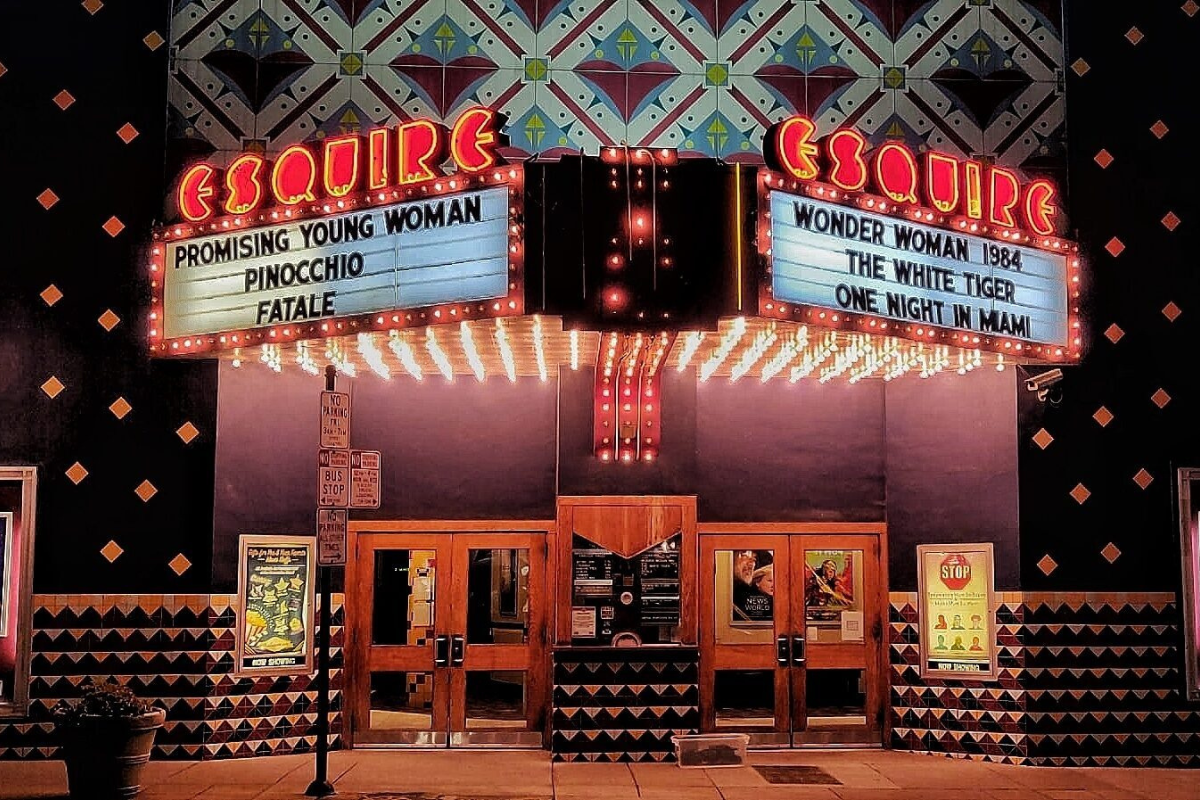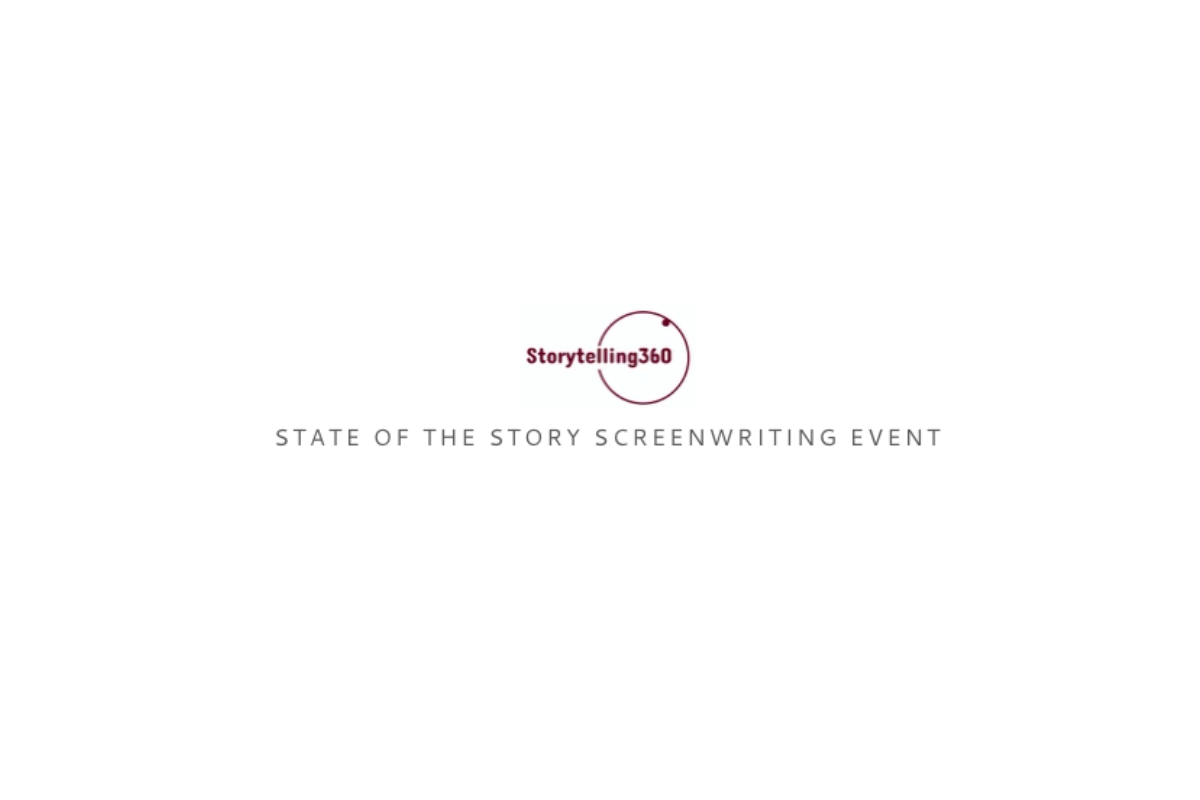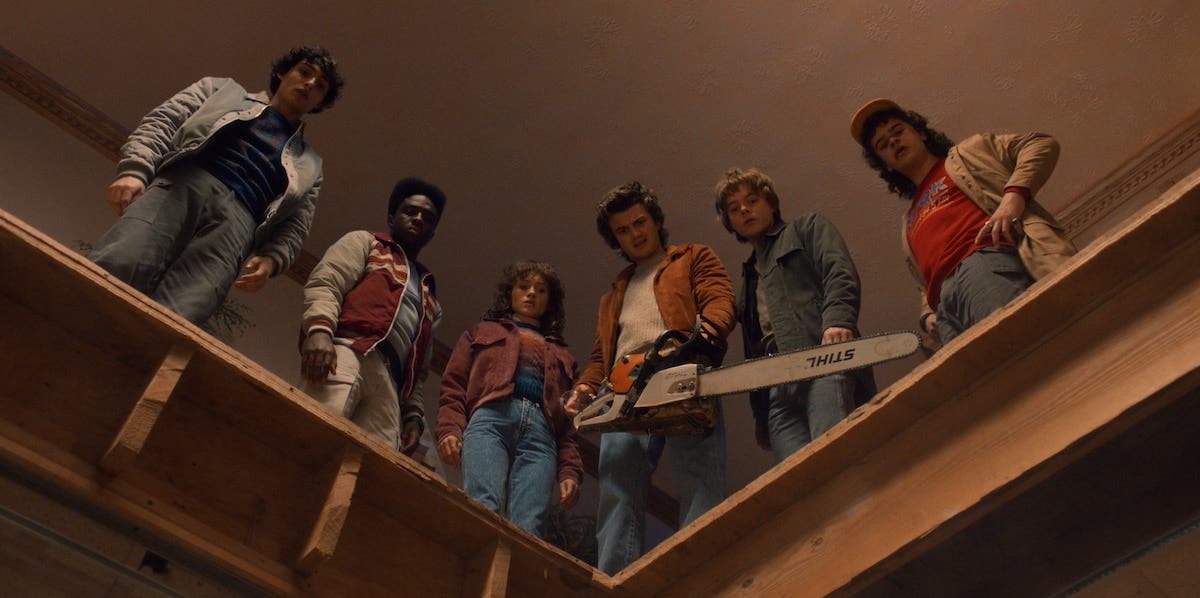It Depends – Striking a Hollywood Pose (or Pause)
It has a high likelihood that there will be a continuing work stoppage because of the effects of strikes for quite some time, impacting world-wide production in television and theatricals. What will that mean in the long run and who will come out victorious when we reach the other side, if anyone? Let’s try to unravel the situation a bit and see how’d we get here and just where here is anyway.
As I sit down to write this, the two fisted strike with the Writers Guild and SAG-AFTRA continues with no end in sight. Only the DGA have reached a deal and sit by the sidelines until the dust clears. All of the guilds have been across the table from the AMPTP who is the group delegated to negotiate all of the collective bargaining agreements for a claimed majority (but not all) of the large producers and production companies in Hollywood. It has a high likelihood that there will be a continuing work stoppage because of the effects of strikes for quite some time, impacting world-wide production in television and theatricals. What will that mean in the long run and who will come out victorious when we reach the other side, if anyone?
Let’s try to unravel the situation a bit and see how’d we get here and just where here is anyway.
What’s a strike, anyway? Why is it used and what’s its true impact?
A strike in baseball can be good or bad or something in between. Usually, it’s good, if you’re a pitcher, bad if you’re the batter, hard to call if you’re the ump. So its value and end result depend on a lot of things that can’t always be judged properly at first glance (just ask that ump.) For example, as a batter, taking a strike in baseball can be a good strategy, IF you’ve prepared well enough for the next pitch and know what to expect from the pitcher. But if you’ve miscalculated, you can easily fall behind in the count and end up heading back to the dugout never getting what you set out to achieve.
The same kind of situational knowledge and preparedness will determine whether a collective bargaining strike will be a good or bad strategy when a decision is finally reached. The three worker groups at the table this time are all technically guilds. Guilds are not unions (see previous columns here and here) but like all collective bargaining groups, a threat of or actual call for a strike is a well-known and used negotiation strategy. Whether an actual strike is a good or bad strategy depends on the specifics of the situation and the positions and resolve of the players.
It all boils down to bargaining power
In simplest terms, a strike is an off-contract work stoppage. But as in most things, simplest terms miss out on a considerable amount of important details relevant to its scope, impact, and effectiveness as a bargaining strategy. A union or guild’s bargaining strength comes from its unified voice. The whole advantage of collective bargaining derives from the fact that a single worker has a much more limited ability to stand for their own betterment of working conditions than an entire group of similarly situated workers. One voice just can’t carry as far as a unified chorus.
Though a guild’s voice may be strong, there’s often a limited vocabulary of what it can say to get its point across. It must be in harmony to make the biggest impact. A guild must be prepared to stand together, even through tough negotiations to prove the strength of the argument that change and accommodation are the only way forward. If there is quivering in that voice or worse, disharmony, the song quickly peters out and the other side can quell the rest of the noise without giving in.
So unified action strengthens the bargaining power of a collective bargaining group. And if the other side of the negotiation table isn’t ceding to its demands, the threat of a strike is a way of strengthening the guilds’ bargaining position to show seriousness. If the resolve on the other side of the table still resists, once all other strategies have been tried, a called strike is the last strong move a guild can use to sway things its way.
But strikes can be a good or bad strategy, depending on many factors.
Strategies upon strategies
Weathering a strike is a marathon for both sides. It appears that in this case all sides have considered and prepared for a long-term holdout position. Who has best prepared and how they weather the rough times will be highly indicative of their foresight as well as their determination. It will also be telling to see how each side deals with unexpected events along the way.
But there are significant differences as to how each side in this fight has prepared as well as what strategy they’re planning to stick to as things go on.
The clearest difference in approach comes down to the decision of rallying public discourse and support versus playing it close to the vest. In the strive to achieve and maintain unity in voice and determination, the WGA and SAG-AFTRA have chosen a very public-facing showing of arm-in-arm unity. The prominent public picket lines, amplified by social media barrages of smiling, striking faces (often, with multiple meanings taken of that phrase,) give a constant impression to the public that the guilds are in this to win it, all united and not giving in.
The WGA Strike – What’s Happening, How We Got Here, and Why It Matters to You
This strategy plays right into building the best strength as a negotiation tactic of unity and resolve and builds bargaining power the longer it lasts, as long as it lasts. The risk is that kinks in the armor of unity can cause it to fall apart quickly and it doesn’t take much for disharmony to dismantle a previously strengthening bargaining position.
On the opposite side of the spectrum, the AMPTP has chosen to play their hand close to their chest throughout. They have rarely held any discourse with the public and have very seldom even responded to the claims made by SAG-AFTRA postings touting comparisons of their positions. Only recently has their website been updated with press releases, most addressing the “mischaracterizations” of AMPTP positions by guild postings and sound bites.
It is clearly a different approach than the public forward steps taken by the guilds, which aligns with the positions each party holds at the bargaining table. The guilds can benefit and potentially gain power at that table with the public behind them. The AMPTP has the upper hand there now and appealing to the public isn’t necessary for them to maintain it, at the moment.
But all strategies can be affected by changes in the environments in which they are practiced. It is likely that the strategies of both sides will be tweaked and altered according to the winds of change.
The extra effect of giving non-AMPTP producers interim contracts.
There have been reports of some blowback from some vocal actors about their guild offering “waivers” to producers to allow actors to work on non-AMPTP productions during the strike. The complainers call it the equivalent of scab activity and fear that it is weakening the SAG-AFTRA position at the bargaining table. That assessment and those fears are likely completely off the mark.
In truth, the AMPTP actually speaks for less than two dozen truly “active” producers. They’re most of the big boys, true, but definitely a numeric minority. MOST active producers wait for production terms to be worked out with AMPTP first, then accept that bargained-for deal as-is as a SAG-AFTRA or WGA signatory after the fact. The SAG-AFTRA interim agreements (a sample of which you can read for yourself,) are basically the terms SAG-AFTRA is seeking with the AMPTP. If a non-AMPTP producer qualifies and agrees to the interim agreement they are bound by the terms the guild is seeking until (if ever,) a final negotiated deal is worked out with AMPTP. Then the new terms replace the interim deal.
If enough producers sign on with interim deals soon the AMPTP member producers will start to find that everyone is working except for them. And if they don’t come to the table and work things out soon, most of the big name actors will be unavailable for their productions because of prior commitments.
What Could Possibly Go Wrong? (or Pessimistic Potentials)
For the guilds, the worst thing that could happen is strife among their members leading to divisions in their unity. The grumbling about interim contracts discussed above could lead to that kind of rift forming. For the striking parties, unity is key to the strength of their position at the table. Otherwise, there is little incentive for the AMPTP to bow to any real demands and the final terms could end up losing ground instead of improving.
For independent producers securing an interim agreement with SAG-AFTRA, if they then decide not to go ahead with the production in solidarity with the guilds anyway, they are likely no longer contractually protected by the force majeure provisions of any outstanding contracts they may have because the strike is no longer impeding the fulfillment of their obligations in their contracts. They could face a heavy financial burden in fulfilling those contractual obligations if they stick to their renewed moral stance.
On Finding a Manager & Meeting Producers (After the Strike)
For the AMPTP they could find that the loss of future revenues in directly and indirectly related markets could threaten more than they’re prepared to weather. There are already signs that a prolonged strike might lead to a spontaneous mass exodus of consumers from streaming services, out of either side of the table’s control. And once gone, there is no guarantee that audiences will want to come back any time soon.
Or, because of the corporate diversity structure of many of the big players on the AMPTP side, a financially valid decision could be reached where a complete divestiture of both the future profits as well as the extremely high costs of competing in the entertainment markets is deemed a wash, so, they may just close shop and get out of entertainment altogether.
If the studios shutter their factories and concentrate on their other corporate areas of interest their stockholders could be coddled with steadier profits and the actors, writers, and everyone else dependent on the “industry” would suddenly face a completely different world. Such a scenario wouldn’t cause an end to movie production but the big studio-driven Hollywood machine would be gone.
I’m not saying any of these scenarios are likely, but, they are not out of the realm of possibilities. As always in these columns discussions, it depends.
Learn more about the craft and business of screenwriting and television writing from our Script University courses!
Christopher Schiller is a NY transactional entertainment attorney who counts many independent filmmakers and writers among his diverse client base. He has an extensive personal history in production and screenwriting experience which benefits him in translating between “legalese” and the language of the creatives. The material he provides here is extremely general in application and therefore should never be taken as legal advice for a specific need. Always consult a knowledgeable attorney for your own legal issues. Because, legally speaking, it depends... always on the particular specifics in each case. Follow Chris on Twitter @chrisschiller or through his website.







